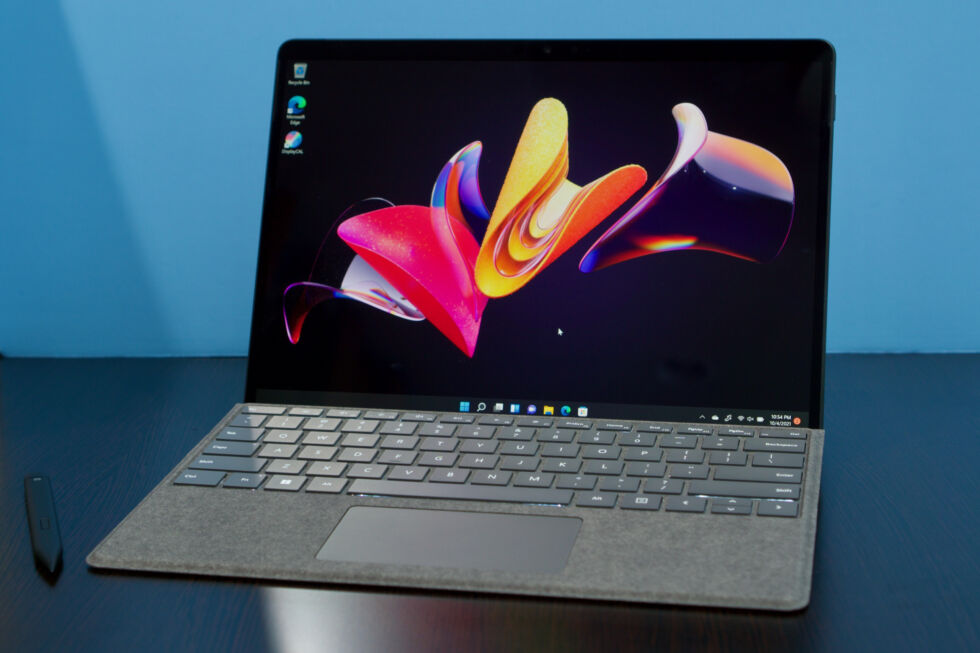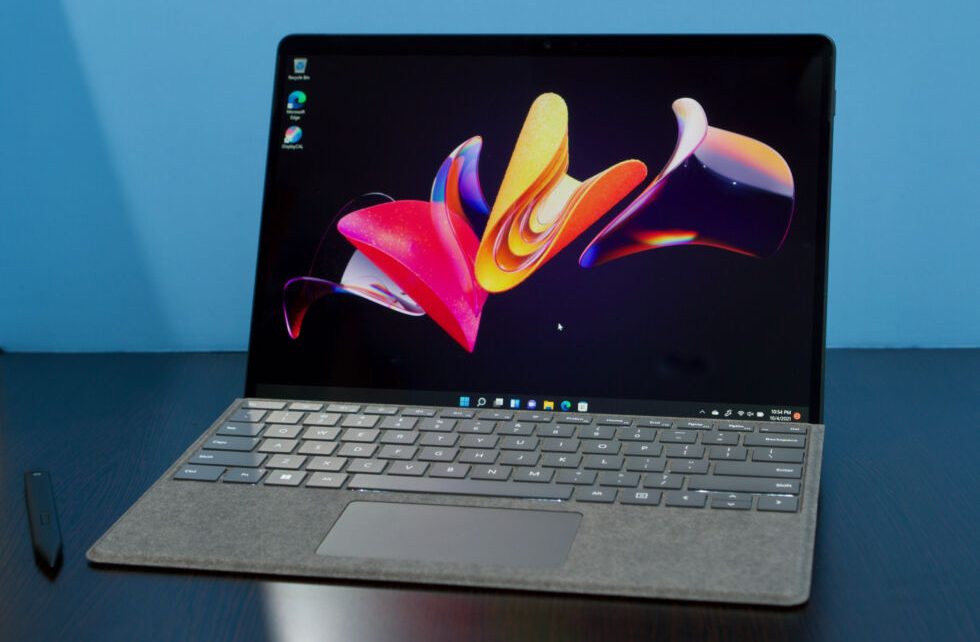-

Microsoft’s Surface Pro 8. [credit: Andrew Cunningham ]
Microsoft needed three tries to get the Surface Pro right. The 2nd- and 3rd-generation models both improved aggressively on the first model’s small screen and mediocre battery life, arriving at something that was laptop-y enough to fill in for a laptop but tablet-y enough to be unique.
And then, things just sort of… stood still. Some of the ports changed over the years—late 2019’s Surface Pro 7 finally got USB-C—but the basic design and accessory compatibility have been exactly the same in every mainline Surface Pro between 2014 and now.
Five generations’ worth of accessory interoperability is laudable and useful in some cases, especially if you’re using multiple generations of Surface Pro tablets in a business and you need to be able to swap parts quickly. But some elements of the Surface Pro 3 design have been showing their age in the last couple of generations—Thunderbolt and/or USB-C ports accomplish nearly everything that the proprietary Surface Connect port is trying to do, and other laptops, tablets, and convertibles had been shrinking their display bezels for a few years to increase screen size.





